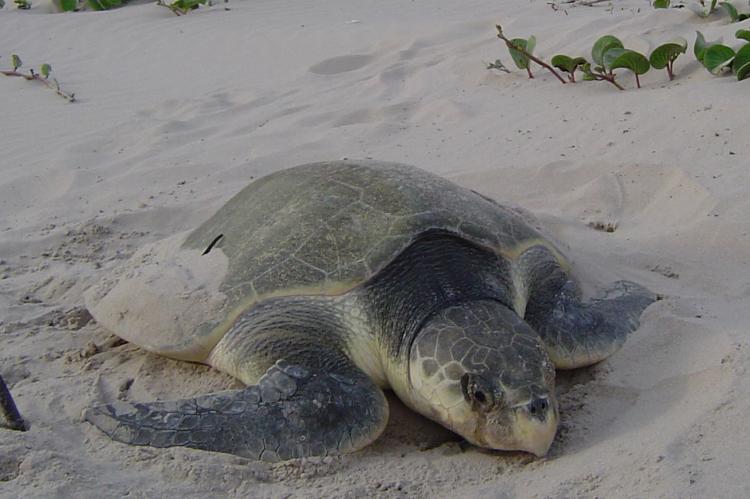Shielding turtle eggs from global warming
Researchers experimented with different shading materials for turtle nests to determine which one is better at minimising temperature increases due to global warming.
In the past decades, the relatively high mean temperatures of 31 degree Celsius at St Eustatius have caused the turtle population to become female-biased.
(Generally, temperatures lower than 29 degrees Celsius produces male turtles, while higher temperatures will lead to more female turtles being born.)
As global warming continues, the higher temperatures will lead to even more female turtles being born. Of course, the resultant gender imbalance in the turtle population won't produce ideal conditions that would allow the species to flourish.
The researchers at Swansea University and Wageningen University & Research wanted to look into how effective different shading materials were in lowering the incubation temperatures in the nests of sea turtles.
So between 2012 to 2017, in St Eustatius Marine Park in the Dutch Caribbean, they used different materials—white sand, white sheet and palm leaves—to shade the turtle nests from the sun. The sand temperatures were recorded using small temperature loggers that were buried at turtle nesting depths. The results were then combined with long-term beach temperature data.
Marjolijn Christianen, a collaborator from Wageningen University & Research described how the findings of the study show that simple measures could effectively prevent a female-only population: "The most effective shading material is palm leaves, decreasing temperature by a mean of 0.6 °C. Variation between beaches that are only 1km apart was an average of 1.9 °C. Relocation between beaches and shading could shift hatchling sex ratio from the current ranges (97-100% female) to 60-90% female—a big difference."
The details about the study have been published in the Scientific Reports journal.


